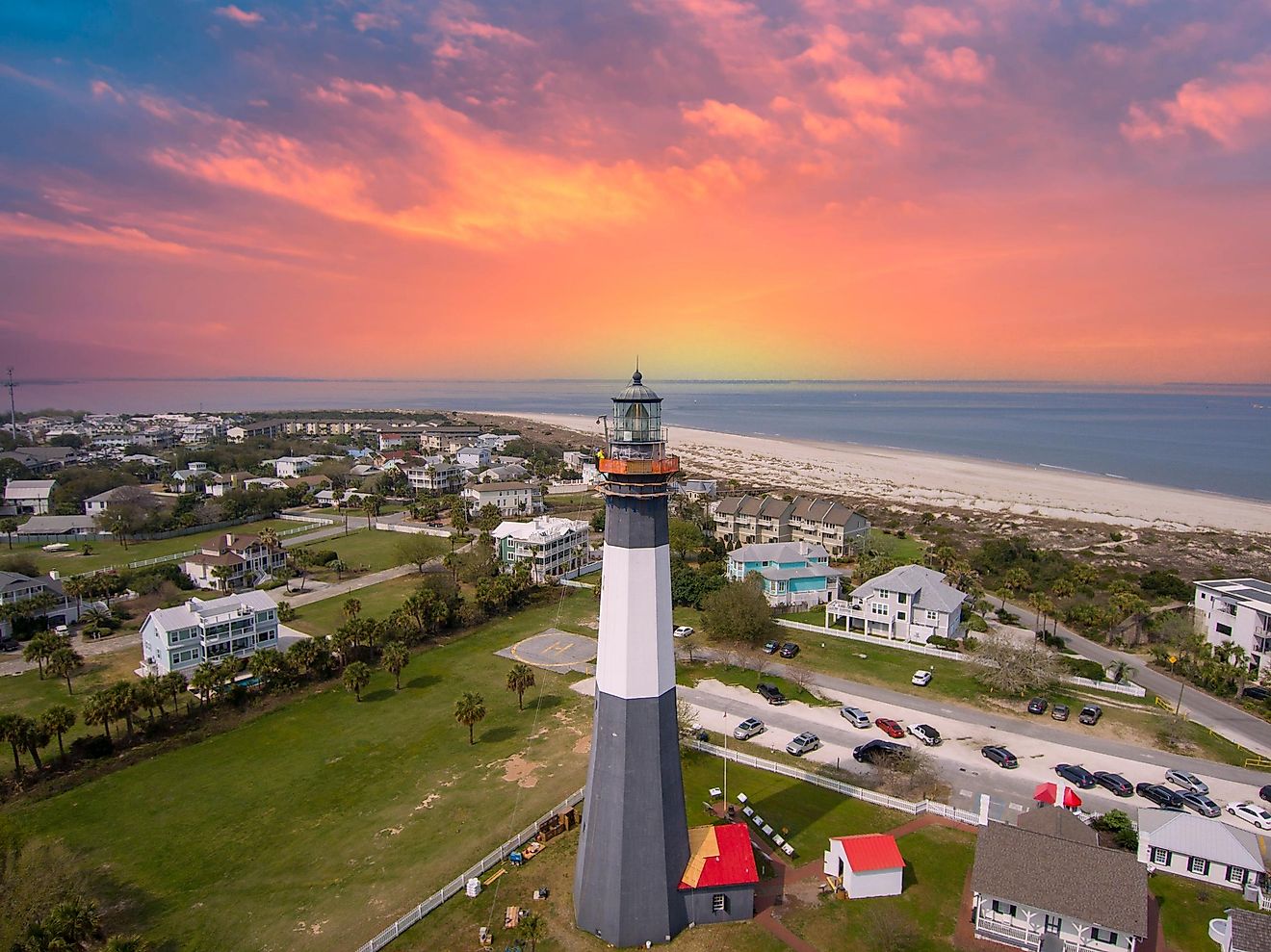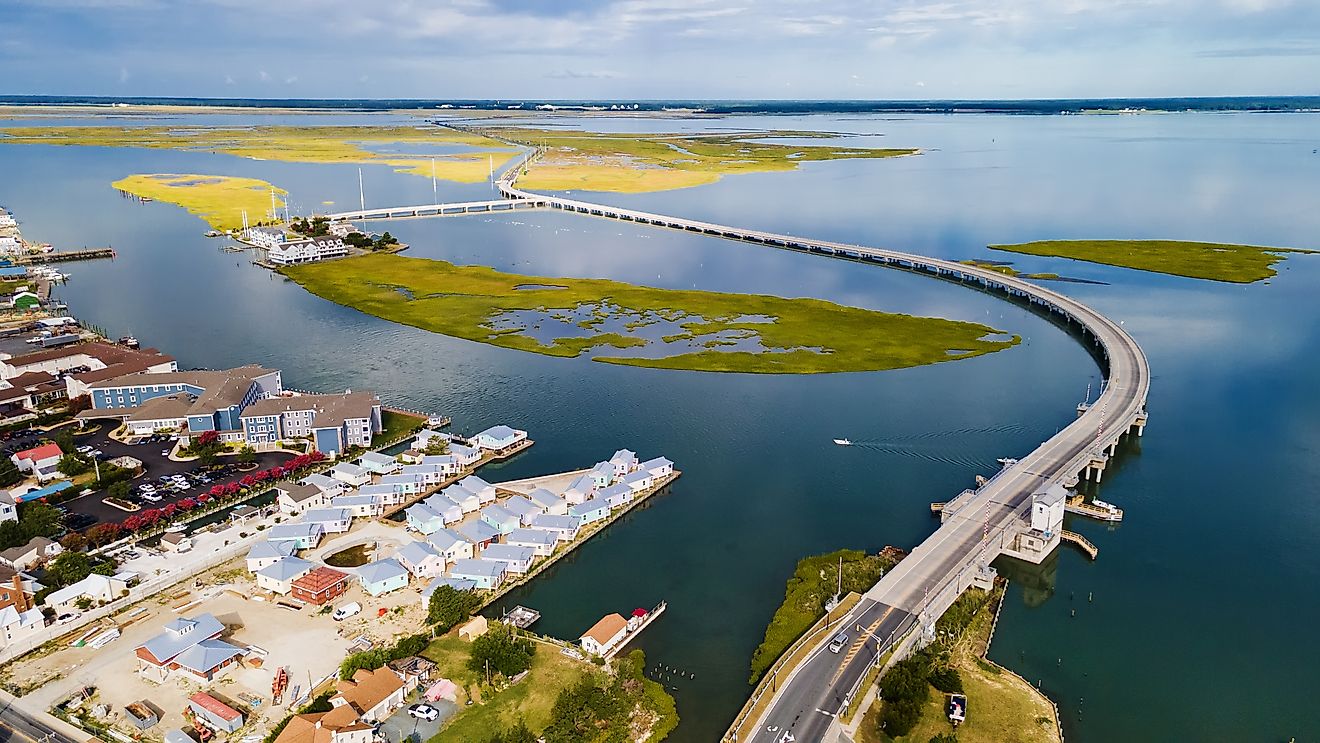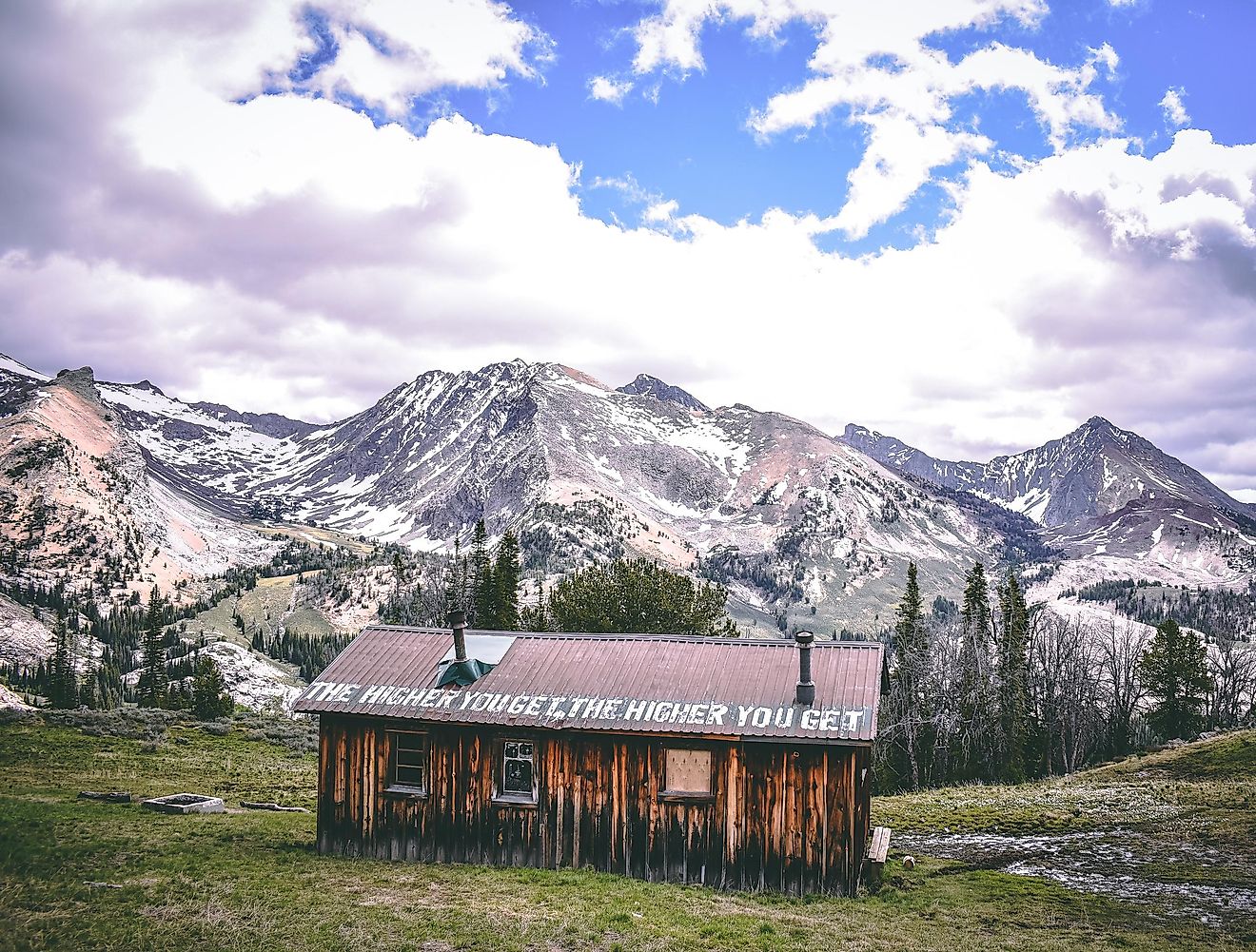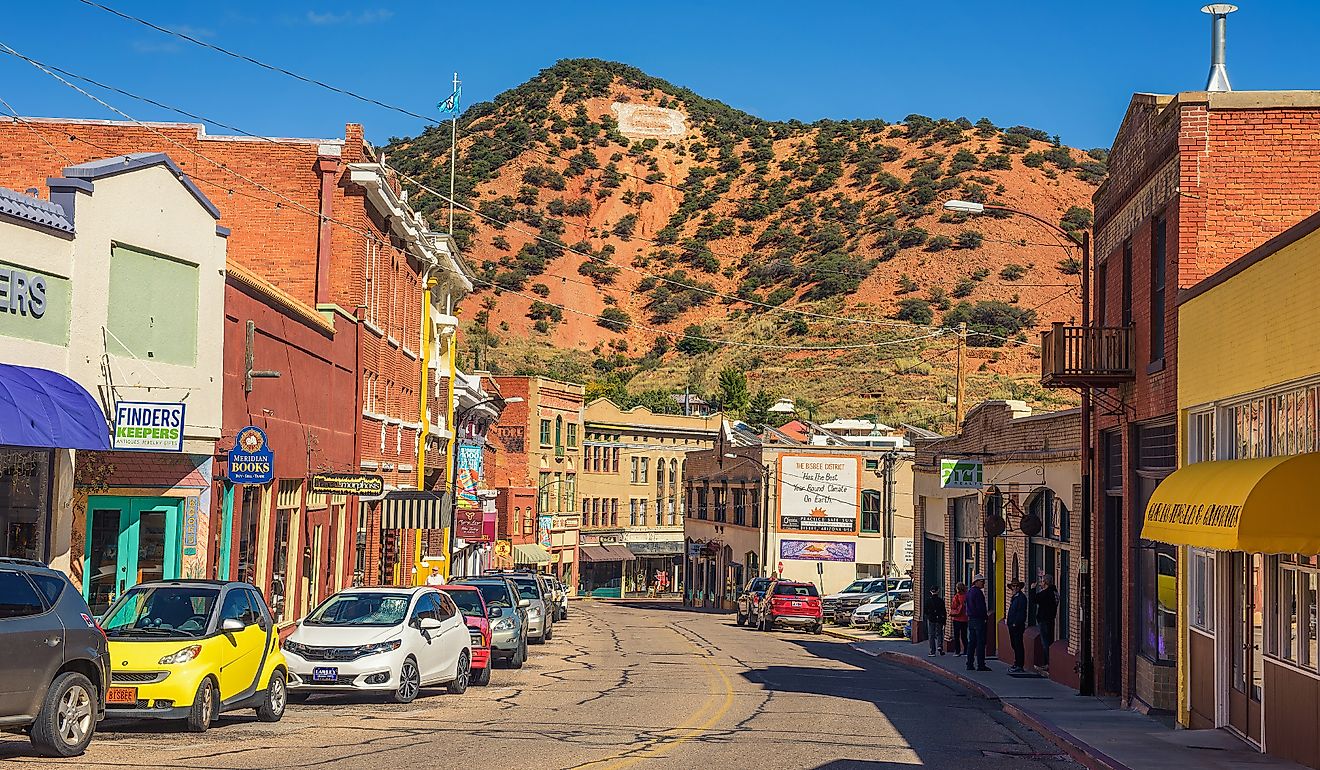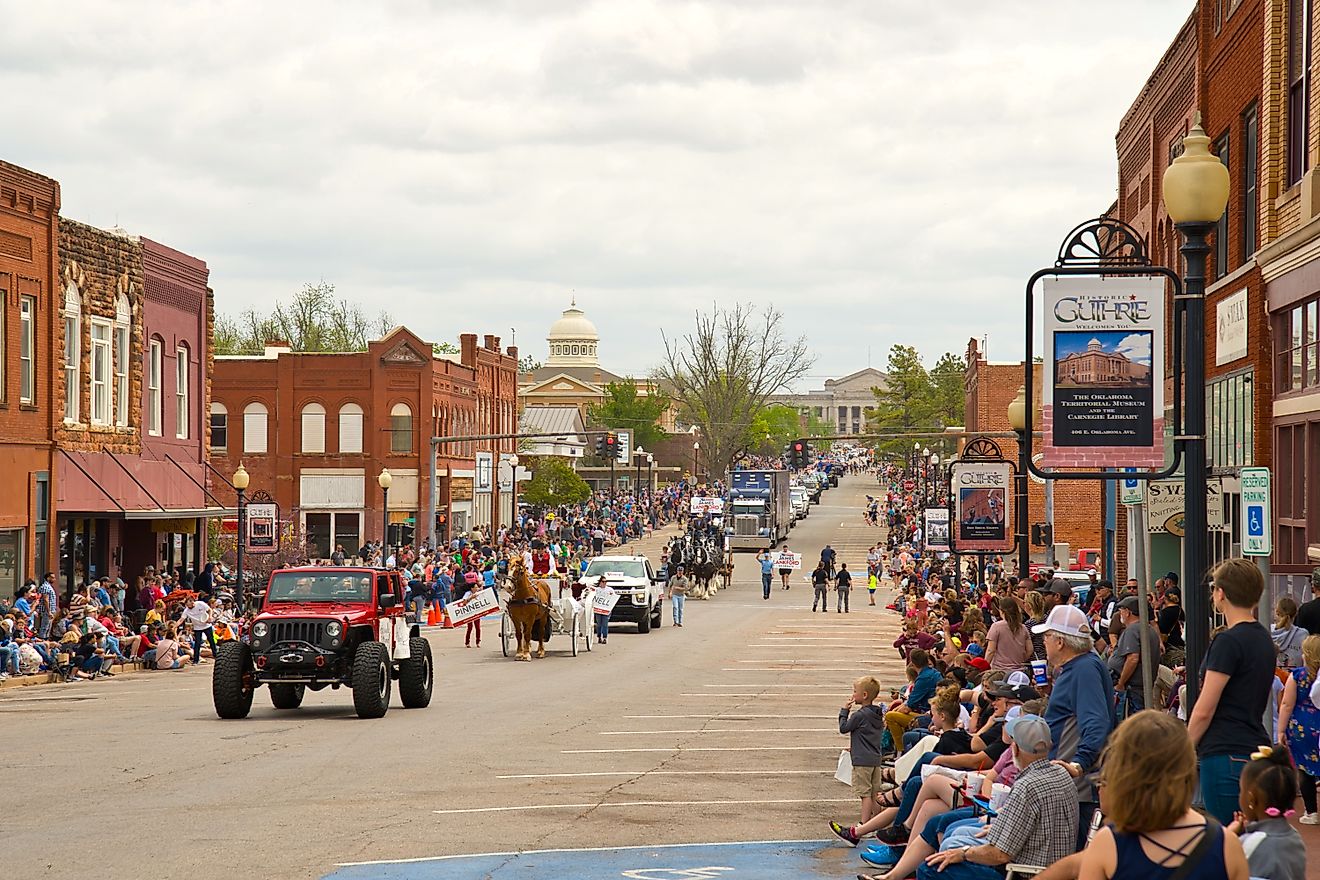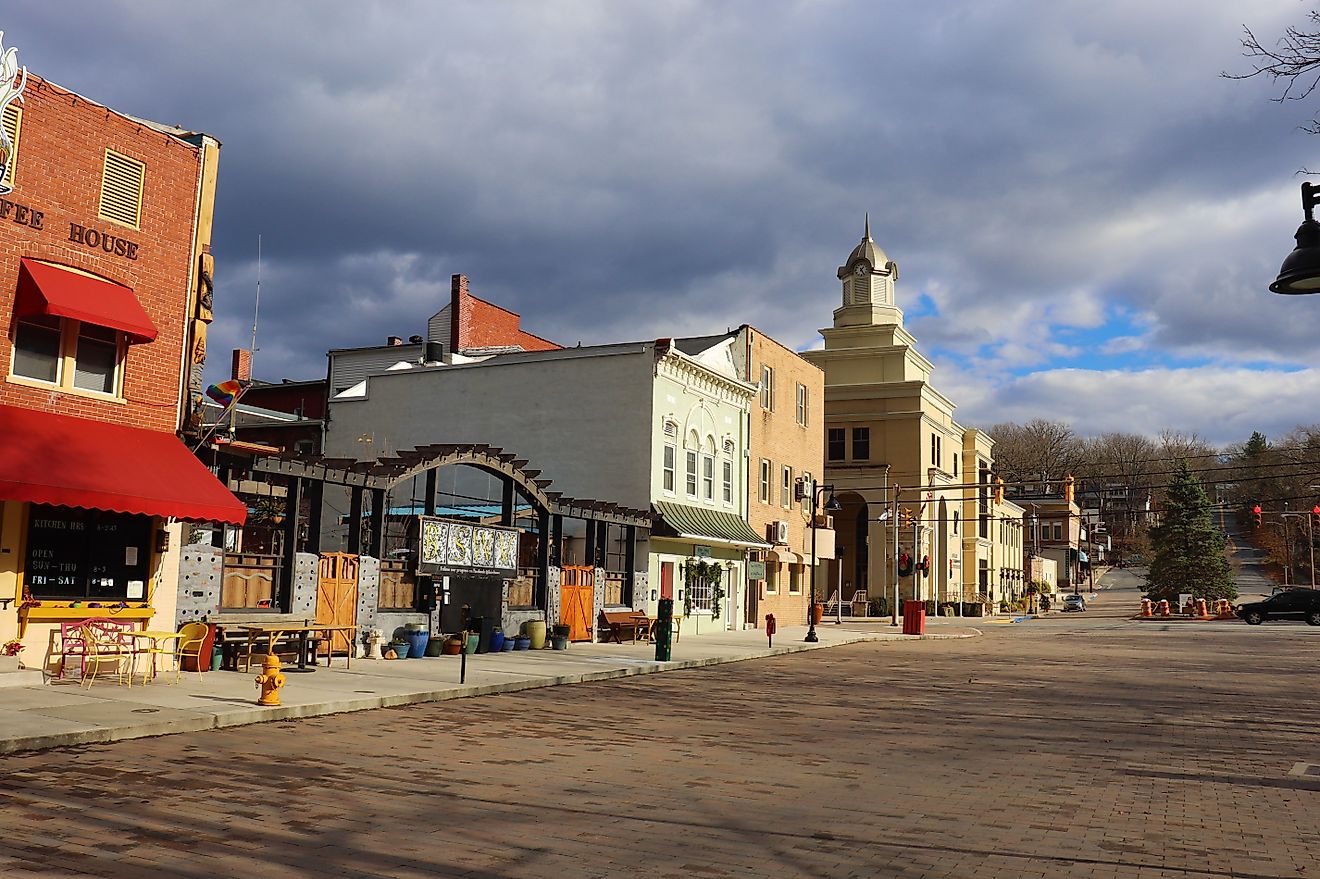
Canandaigua, New York
Also referred to as Ut’anaráhkhwa’ in the native Tuscarora language, Canandaigua is a small city situated at the northern end of the Canandaigua Lake in the Finger Lakes region of the Ontario County in the US State of New York. The name Canandaigua has been derived from the indigenous Seneca word “Ganandogan” - the name of a historic village that was established much before the European Americans arrived in the area. In modern interpretations, the historic village is referred to by a native Tuscarora name which means “The Chosen Spot.”
Geography Of Canandaigua
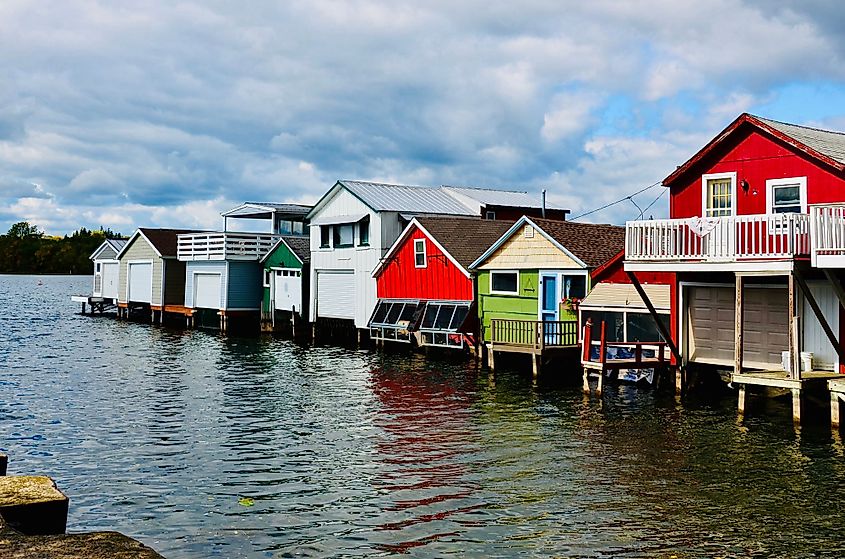
The city of Canandaigua covers a total area of 12.5 sq. km, of which 0.6 sq. km is occupied by water and 11.9 sq. km is occupied by land. Canandaigua is located at the northern end of the 24.9km long Canandaigua Lake, which is the fourth largest and the westernmost of the principal Finger Lakes in the US State of New York. Surrounded by the Town of Canandaigua, the city is situated approximately 150km east of the city of Buffalo, 109km west of the city of Syracuse, and 39km southeast of the city of Rochester. Canandaigua is also located on US Route 20 Highway and New York Routes 5 and 21.
Climate
According to the Köppen climate classification, the city of Canandaigua experiences a humid continental climate with warm summers and freezing snowy winters. The warm season lasts from May to September, with July being the hottest month, having an average high temperature of 27.2°C and a low temperature of 16.6°C. The cold season lasts from December to March, with January being the coldest month, having an average low temperature of -7.2°C and a high temperature of 0°C. The city receives an average annual precipitation of 33.96 inches.
The Population And Economy Of Canandaigua

In 2019, the city of Canandaigua had a population of 10,287 people with a median age of 44.1. As of 2019, about 291 people (2.83% of the residents) of Canandaigua were born outside the country. The most common birthplace of the foreign-born residents of New York is the Dominican Republic, followed by China and Jamaica. The largest ethnic groups in Canandaigua are the non-Hispanic White representing 93.9% of the city’s population, followed by the Hispanic White at 1.73%, African Americans at 1.23%, other races at 0.914%, and Asians at 0.642%. All households in Canandaigua speak English as their primary language, and 98.5% of the city’s residents are US citizens.
As of 2019, the median household income in Canandaigua was $49,130, and the median property value was $164,400. The average car ownership in Leavenworth was two cars per household. The largest industries in Canandaigua include Health Care & Social Assistance, Accommodation & Food Services, and Educational Services. The Canandaigua City School District serves the city of Canandaigua and the surrounding region.
Tourist Attractions In Canandaigua
Sonnenberg Gardens and Mansion State Historic Park
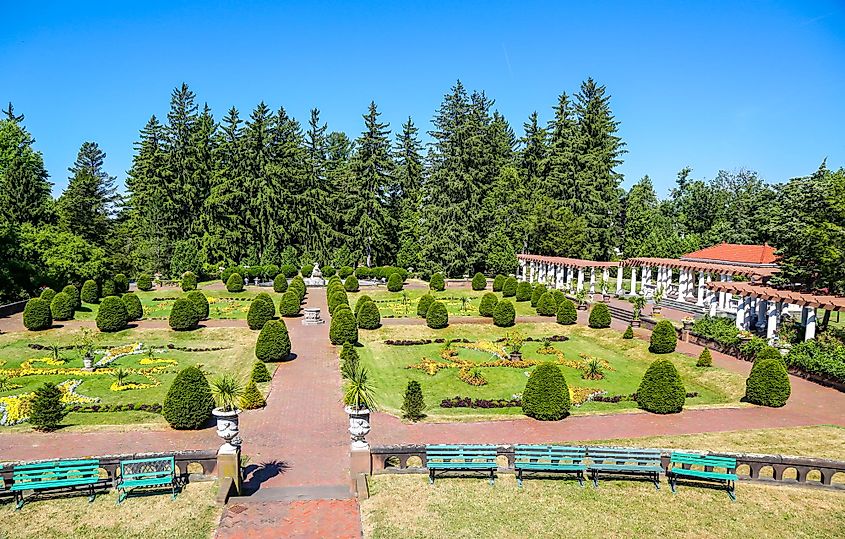
The Sonnenberg Gardens and Mansion State Historic Park is a gorgeous state park located at 151 Charlotte Street in Canandaigua. Covering an area of 0.20 sq. km, the property initially served as the summer residence of Frederick Ferris Thompson, who served as a banker in New York City. This 40-room Queen Anne-style mansion is surrounded by nine beautiful gardens: Japanese Garden, Rose Garden, Italian Garden, Moonlight Garden, Pansy Garden, Rock Garden, etc. In addition to the mansion and nine gardens, the property also hosts the Finger Lakes Wine Center, which offers several local wines for selling and tasting purposes. On September 28, 1973, the Sonnenberg Gardens and Mansion State Historic Park was added to the National Register of Historic Places. The mansion and the gardens remain open to the public from May to October.
Canandaigua Lake State Marine Park
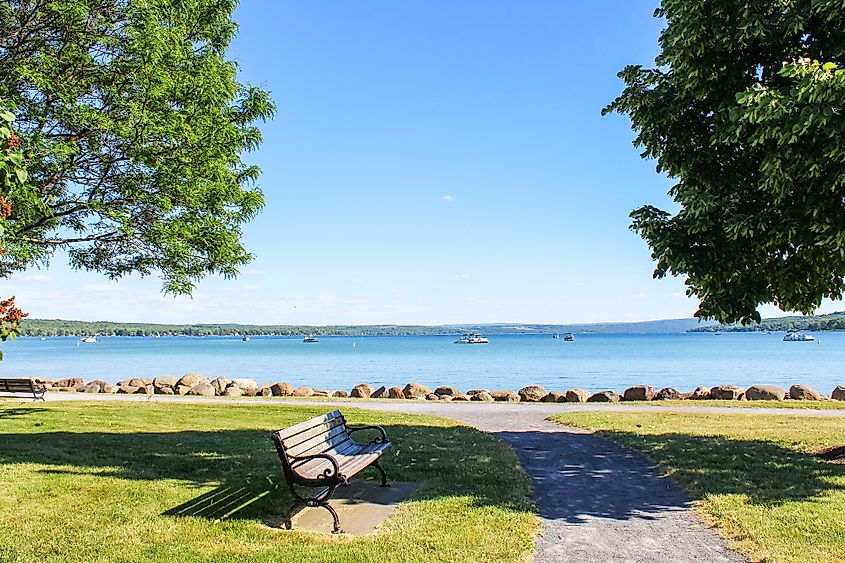
The Canandaigua Lake State Marine Park is a state park and a boat launch facility situated on the northern shores of Canandaigua Lake. This state park offers three hard surface boat ramps for boats to launch in the waters of Canandaigua Lake. The state park is managed by the New York State Office of Parks, Recreation, and Historic Preservation.
Finger Lakes Community College
Located just east of the city of Canandaigua is the main campus of the Finger Lakes Community College. The College is home to the Constellation Brands – Marvin Sands Performing Arts Center (CMAC). The CMAC is a large amphitheater that hosts ballet shows and many musical performances by famous musicians. CMAC is considered to be the summer home of the Rochester Philharmonic Orchestra.
Granger Cottage
Granger Cottage is a historic home situated at 60 Granger Street in Canandaigua. The cottage was built in 1850 in a three-bay Gothic Revival architectural style and rested on a raised cobblestone foundation. In 1907, the cottage was moved, and a porch built in Colonial Revival architectural style was added. The Granger Cottage was added to the National Register of Historic Places on April 26, 1984.
Brief History Of Canandaigua
The native Seneca people initially inhabited the area of the present-day city of Canandaigua. In 1669, the region was visited by the French explorers Robert de la Salle and Rene Brehant de Galinee. The city was developed close to Canandaigua Lake at the site of the historic Seneca village named Ganandogan. By the mid-19th century, the city became a significant railroad junction and served as the homeport for many steamboats that operated on the Canandaigua Lake. Several local industries were set up after the American Civil War, including the Lisk Manufacturing Company, McKechnie Brewery, two brickworks, and many mills. In 1873, Canandaigua served as the site for the criminal trial of Susan B. Anthony – the head of the women’s suffrage movement.


